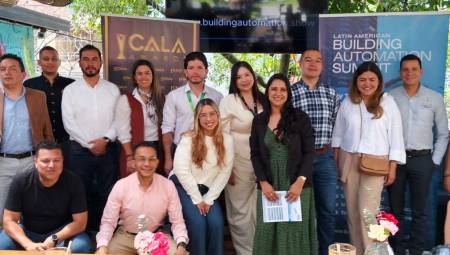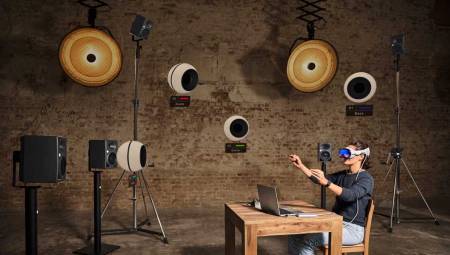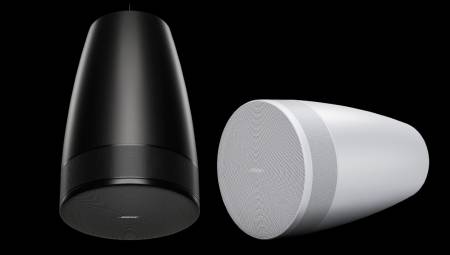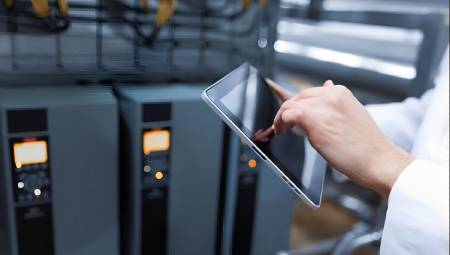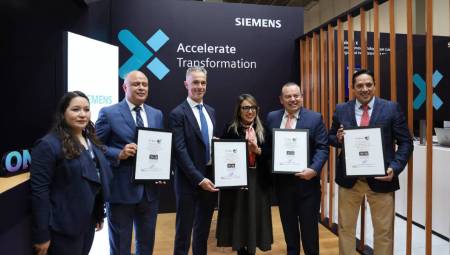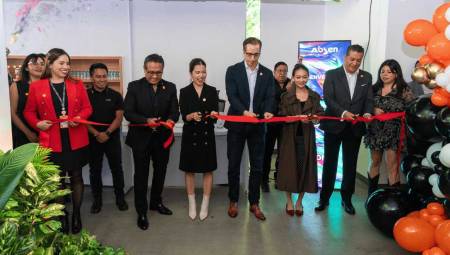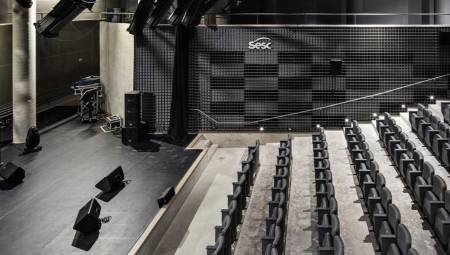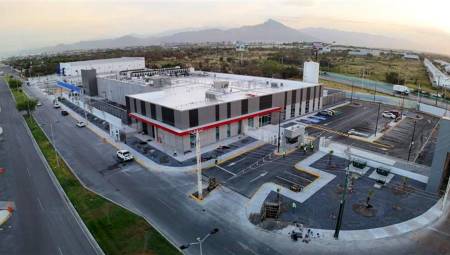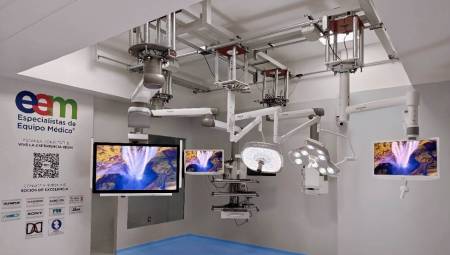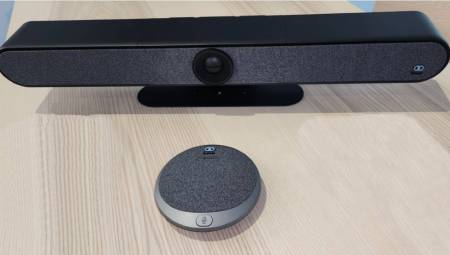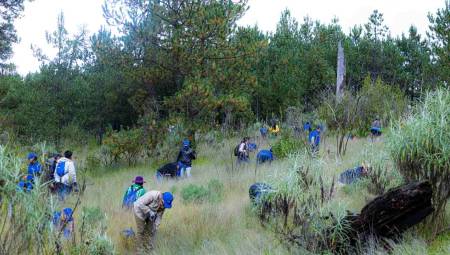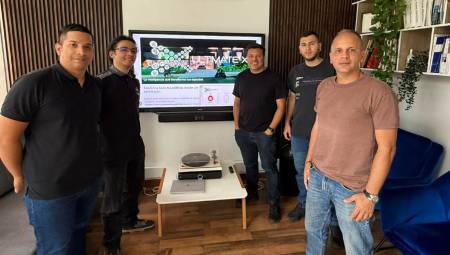Latin America. As technology has advanced, the focus has expanded from simply securing our world to making it smarter. AIoT, the AI-powered Internet of Things, is leading this transformation, revolutionizing industries beyond security.
The company Hikvision pointed out the trends driving AIoT, showing how they are reshaping industries and fostering a more efficient, safe, and sustainable future.
1. Perception technologies adapt to diverse environments and situational needs
Perception technologies continue to evolve to operate efficiently in diverse conditions. AI Image Signal Processing (AI-ISP) technology, for example, has already set a high standard in low-light image quality performance, by significantly reducing image noise and addressing motion blur. As a result, open platforms and tools are becoming essential. These enable solution providers to seamlessly integrate third-party applications to accelerate digital transformation across various industries.
To further support this, standardized protocols are simplifying device communication, reducing development time and costs. These protocols make it easier for all types of devices to work together, solving problems such as configuration complexity, scalability, and network security.
This collaborative environment helps developers and integrators create flexible and effective AIoT solutions. Easy-to-use AI training platforms are becoming widely available, allowing non-specialist system integrators to train and deploy their own custom AI models. Users can easily combine and customize these AI models for tasks such as object detection and audio classification, enhancing the functionality of their solutions and therefore the value they can bring in sectors ranging from industrial processes to home automation.
2. AIoT is bringing digitalization to life in various industrial applications
Enterprises are increasingly adopting AIoT technologies to address specific operational challenges and accelerate digital transformation. In retail, where loss prevention and maintaining a competitive edge is crucial, AIoT devices now provide valuable data such as inventory tracking, foot traffic, queue length, and area density. This information helps stores personalize their offering, optimize operations, and mitigate losses. In the energy sector, meanwhile, security is a non-negotiable requirement. AIoT solutions, such as automated checks for personal protective equipment (PPE), now use AI to streamline the inspection of appropriate safety equipment, reducing manual monitoring and improving workplace safety.
In addition, large-scale vision, audio, and fiber optic model development is being adapted with industry-specific designs, algorithm optimization, and model simplification. This trend aims to create lightweight, vertical-specific AIoT deployments that are practical and effective in real-world scenarios.
Additionally, the growing adoption of generative AI is adding an extra layer of ease and efficiency. Large multimodal models, which integrate text with visual data, make it much easier to find and interact with information, such as when people locate a specific package in a fulfillment center. By providing easy-to-use text-based interfaces, these models are offering increasingly fast and seamless access to the necessary data, streamlining decision-making and operational processes.
3. There is a significant movement towards open and collaborative ecosystems
As the demand for customized AIoT solutions has increased in fragmented industrial scenarios, no single company can meet all user demands alone. As a result, open platforms and tools are becoming essential. These enable solution providers to seamlessly integrate third-party applications to accelerate digital transformation across various industries.
To further support this, standardized protocols are simplifying device communication, reducing development time and costs. These protocols make it easier for all types of devices to work together, solving problems such as configuration complexity, scalability, and network security.
This collaborative environment helps developers and integrators create flexible and effective AIoT solutions. Easy-to-use AI training platforms are becoming widely available, allowing non-specialist system integrators to train and deploy their own custom AI models. Users can easily combine and customize these AI models for tasks such as object detection and audio classification, enhancing the functionality of their solutions and therefore the value they can bring in sectors ranging from industrial processes to home automation.
4. Building trust in cybersecurity through proactive strategies and cross-industry partnerships
Cybersecurity remains a critical concern in the growing AIoT landscape. Increasingly, companies are adopting proactive, yet reactive, approaches to cybersecurity, which focus on rapid threat detection and effective responses. By partnering with firms specializing in security testing, they can evaluate products against a wide range of standards, identifying and addressing early vulnerabilities to prevent their exploitation. Continuous testing ensures that updates and enhancements consistently meet the highest security standards.
Transparent communication has become crucial to openly addressing security concerns. Increasingly, organizations are setting up security response centers and deploying robust vulnerability management programs. Again, close collaboration is key in this trend, with installers, system integrators and customers working together to ensure secure deployment and use, leading to a more resilient and reliable operating framework.
5. AIoT becoming a revolutionary catalyst for sustainability
Organizations around the world are looking for more sustainable ways to operate and do business, and many are turning to AIoT technologies to achieve this. By augmenting connected sensors with AI algorithms, AIoT is helping to optimize resource use, reduce energy consumption, improve waste management, and increase operational efficiency in various industries.
In building management, for example, AIoT systems are being used to automatically adjust energy use based on occupancy and weather conditions, leading to significant cost savings and lower carbon emissions. In transportation, technology is being used to optimize traffic flow and reduce congestion, decreasing carbon emissions in the process.
Similarly, the combination of millimeter-wave radar and water level detection cameras allows for real-time analysis of water quality and flood control. Advances like these highlight AIoT's potential as a powerful tool for positive change, benefiting both people and the planet.






















